A switching regulator can be described by the below block diagram. The input of this control system is the reference voltage, in the left side, while the output is \$V_{out}\$. The input voltage \$V_{in}\$ and the output current \$I_{out}\$ are perturbations the converter must fight. There is the audio-susceptibility (the ability to reject the perturbation coming from \$V_{in}\$) and the current absorbed by the load which reduces the output voltage because of the open-loop output impedance:

In a switching regulator, the reference voltage is fixed and sets the dc operating point. In small-signal analysis, because its level does not change while you ac-modulate the system, it does not play a role and it is 0 V in ac. You are left with a control system that we call a regulator: what the system does is deliver a constant output voltage (or current sometimes) permanently fighting the perturbations: if \$V_{in}\$ changes, you want \$V_{out}\$ to remain constant and if the load draws more current, you also want \$V_{out}\$ to remain unaffected.
For implementing this strategy, the system needs gain: no gain, no feedback. When I say "no gain" it means that the system, beyond crossover, runs ac open-loop: if you have a 10-kHz perturbation on the input voltage while crossover is 1 kHz, the system will do what it can to fight it but it virtually runs open-loop in ac.

The above expression describes how the output voltage is determined based on the perturbations inputs. You can see that the key to the rejection is the open-loop gain \$T\$. This gain involves the control variable, the duty ratio \$D\$ and that is the one the loop will act upon when correcting perturbations. The relationship linking a stimulus applied on the control input \$D\$ with the response observed on \$V_{out}\$ is the control-to-output transfer function you need to determine (bench measurement, simulation or analytical analysis) before thinking of a compensation strategy (poles and zeroes in the compensator). It is the one determining the way the control system will react to a change in the perturbation. Measuring the transfer function between \$V_{out}\$ and \$V_{in}\$ would certainly tell you how efficiently the system rejects incoming perturbation but it won't directly tell you about stability.



